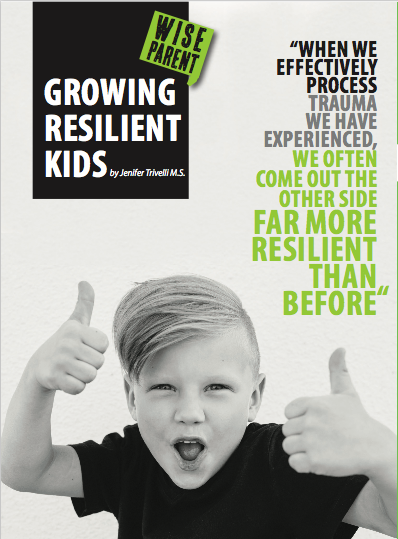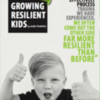
- Scaffolding. This is an educational term that describes a process which you might envision as a ladder. Your kiddo’s baseline level of dealing with stress (whatever it is) is the ground level. Your skill level of navigating stressful situations is at the top. (It can be helpful to draw this out.) Each rung on the ladder represents a step or skill your child needs to learn in order to climb the ladder to the top of resiliency. Some kiddos will need many many small steps, and some may have skill sets that already surpass many adults’ ability. How do you know what your child needs? You try teaching the first rung. If they aren’t successful, you know you either need repetition or a smaller rung.
Here’s a classic example: a 4-year old child is afraid of drowning and doesn’t want to jump in the pool. Some parents opt to throw their kid in, while some may go to the opposite extreme and never teach them to swim - avoiding pool parties and water activities their whole childhood. A parent who has resiliency in mind has a goal of not only teaching the child to safely play in the water, but also teaching them how to approach and successfully work through a stressful situation. If we use the ladder idea, our question is What is the smallest step I can think of to help my kiddo approach the pool safely on their own and realize it’s ok? With each successful step, the child builds resiliency and the capacity to take the next one.
- Increasing self-awareness by strengthening their mind-body connection. Helping kids connect to what’s happening in their bodies grows the connection between two important areas in their brains; described in Peanut and the BIG Feelings: A Guidebook for Children as Protector Brain (basic, automatic, and survival oriented brain systems) and Wise Mind (higher-functioning areas involved with creative problem-solving, empathy, and emotion regulation).
Here’s an activity from the book you can try at home: print a template, draw, or trace an outline of your child’s body. Invite them to think about a time they felt strong and confident (perhaps a time they did something well or spent time with an animal or in nature). Once they find a memory of that, invite them to notice what’s happening in their body, and then to draw those sensations/feelings in their body outline on the paper. There are no right or wrong answers here, simply a way for them to tune in and connect mind and body.
- Modeling. In the first example of scaffolding, we saw how our ability to navigate stress automatically set the top rung for our kiddos. Take a moment to think about your top rung. Do you feel resilient? Are you able to bounce back from life stress when it happens, or do you find yourself getting stuck in unhelpful patterns that might affect your job, your parenting, or your relationships? If your top rung isn’t very high up on a ladder of possibilities, it’s not your fault.


Comments (0)